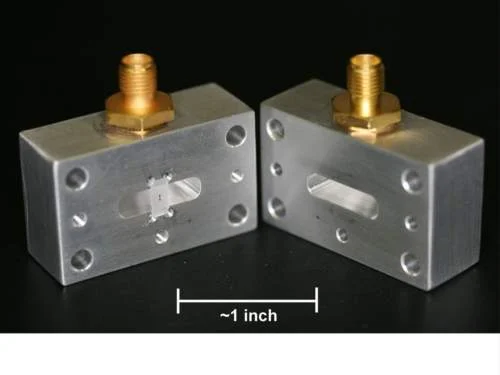Big Blue has announced “major advances” in quantum computing device performance that could ultimately help accelerate the design of a practical, full-scale quantum system.
Using a variety of techniques, IBM managed to set three new records for reducing errors in elementary computations, while retaining the integrity of quantum mechanical properties in quantum bits (qubits) – the basic units that carry information within quantum computing.

According to IBM scientist Matthias Steffen, Big Blue has chosen to employ superconducting qubits, whose unique properties allow quantum computers to work on millions of computations at once.
In contrast, the average desktop PC is only capable of handling minimal simultaneous computations. To be sure, a single 250-qubit state contains more bits of information than there are atoms in the universe.
These properties will obviously have wide-spread implications for the field of data encryption where quantum computers could factor very large numbers like those used to decode and encode sensitive information.
“The quantum computing work we are doing shows it is no longer just a brute force physics experiment. It’s time to start creating systems based on this science that will take computing to a new frontier,” said Steffen.
“Other potential applications for quantum computing may include searching databases of unstructured information, performing a range of optimization tasks and solving previously unsolvable mathematical problems.”
As Steffen notes, the most basic piece of information understood by a typical computer is a bit. Much like a light that can be switched on or off, a bit can have only one of two values: “1” or “0”. For qubits, they can hold a value of “1” or “0” as well as both values at the same time. Described as superposition, this is what allows quantum computers to perform millions of calculations at once.
One of the biggest challenges for scientists attempting to harness the power of quantum computing is controlling or removing quantum decoherence – the creation of errors in calculations caused by interference from factors such as heat, electromagnetic radiation, and materials defects. To deal with this problem, scientists have experimented with various methods of reducing the number of errors and of lengthening the time periods over which the qubits retain their quantum mechanical properties. Meaning, error correction schemes become more effective – making it possible to perform long and complex calculations.
Although there are many viable systems that could potentially lead to a functional quantum computer, IBM is focused on using superconducting qubits which will allow a more facile transition to scale up and manufacturing.
Indeed, Big Blue has experimented with a unique “three dimensional” superconducting qubit (3D qubit), an approach originally initiated at Yale University. The 3D qubit successfully extended the amount of time the qubits retained their quantum states up to 100 microseconds – an improvement of 2 to 4 times upon previously reported records. This value extends just past the minimum threshold to enable effective error correction schemes and suggests scientists can begin to focus on broader engineering aspects for scalability.
In separate experiments, IBM also demonstrated a more traditional “two-dimensional” qubit (2D qubit) device and implemented a two-qubit logic operation – a controlled-NOT (CNOT) operation, which is a fundamental building block of a larger quantum computing system. This operation demonstrated a 95 percent success rate, enabled in part due to the long coherence time of nearly 10 microseconds. These numbers are on the cusp of effective error correction schemes and greatly facilitate future multi-qubit experiments.
Ultimately, says Steffen, IBM envisions the design of a practical quantum computing platform that includes a “classic” system intimately connected to quantum computing hardware.






